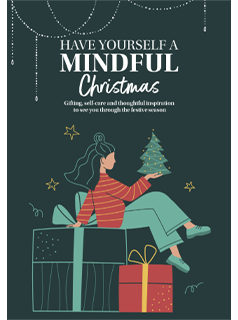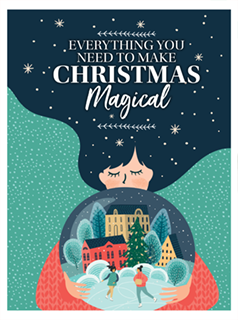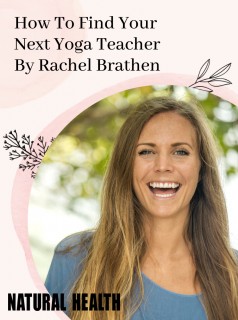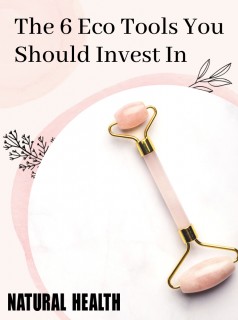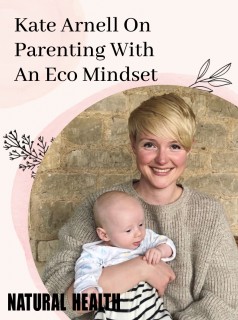Yoga has a raft of body and mind benefits, so get started today with expert tips from yoga teacher Sue Fuller
Yoga has a raft of body and mind benefits, so get started today with expert tips from yoga teacher Sue Fuller fantastic tool . It can help to boost energy levels, improve flexibility, reduce stress, strengthen and tone the body, enhance sleep, eliminate minor aches and pains and promote general feelings of health and vitality.
If you are new to yoga or thinking of beginning a regular yoga practice here are a few useful tips.
Wear loose comfortable clothing that does not restrict your movement.
A non-slip yoga mat is essential for practice, this enables you to get the most out of the postures without experiencing slipping of the hands or feet.
Always practice yoga with any empty stomach. Yoga postures fold and twist the torso. It’s really uncomfortable and difficult to perform these postures if you have just eaten
Start at the beginning and practice basic postures to establish correct alignment
Before performing any yoga postures take a moment to breathe slowly through your nose, during this time notice how your body feels. As you slow your breathing down your mind should follow and become a little quieter. This enables you to focus on your alignment and physical sensations as you move your body into different postures
Pain is always a warning sign. If you feel pain or discomfort, relax the posture immediately
Always seek medical advice before commencing any new physical activity.
Try these basic postures
My advice is to begin by achieving the physical form of each of these postures. As you perform the postures, take your time to breathe slowly through your nose and the rest will follow…
Sukhasana (the easy pose)
This posture is a perfect place to start to establish a straight spine whilst sitting.
Begin sitting with the ankles crossed and a straight spine. Breathe slowly in and out through your nose.
You can sit on a yoga block or a few folded towels if you find sitting on the floor uncomfortable. You can also practice this while seated on a chair, breathing slowly through the nose and maintaining a straight spine.
Majaryasana (Cat)
This will gently stretch and mobilise the spine, it is also great for the digestive system.
Begin on all fours with your hands under your shoulders and your knees under your hips. Exhale and as you do so look through your legs and round your spine up towards the ceiling. As you do so draw up the lower stomach muscles and pull your navel towards your spine. When you inhale lengthen your torso moving through your starting position and then tilt your pelvis up and lift your chest and head. Continue to roll through cat coordinating your breath to you movement for ten or more complete breaths.
Vrksasana (Tree)
This posture is great for balance.
Begin standing make sure that your weight is distributed evenly through the soles of your feet. Transfer all of your weight onto your right leg and lift the left foot. Place the left foot against the right calf or inner thigh with your toes pointing down. Join your palms bringing them to a prayer position in front of your chest or above the head.
If your balance is a little unsteady practice this posture facing a wall and lightly rest your fingertips on the wall.
Jathara Parivrttasana (Spinal Twist) – will gently stretch and massage the digestive system and release tension in the lower back.
Begin laying on your back with your knees bent and your arms out level with your shoulders and your palms facing up. Inhale and as you exhale let your knees fall to the right and turn your head to the left. As you inhale lift your knees up in the centre and as you exhale allow the knees to fall to the left and turn your head to the right. Continue like this for at least ten complete breaths working both sides equally.
Savasana (the Corpse)
This posture is always practiced at the end of a class to provide a time and space for the body and mind to relax and recover.
Lay flat on your back with your legs extended and your arms alongside your body with your palms facing up. Breathe slowly through the nose feeling your body soften and relax with each exhalation.
Yoga and the Breath
Yoga has a strong focus on the breath. It helps when beginning yoga to remind ourselves that oxygen is our main source of fuel so it is important that we maintain a constant and steady supply this can be maximised by breathing correctly. Oxygen will help our bodies function more efficiently. As a beginner you might notice that some practitioners make a sound when they breathe do not be distracted as this is part of the practice and extremely beneficial (be warned that some practitioners do make more noise than others). Just close your eyes, focus on your breath and your alignment and you won’t notice the other people practicing yoga alongside you.
3 things to remember:
1 Good alignment will minimise strain to the body.
2 The benefits to be gained from each posture become greater with practice.
3 Yoga is a journey ! For this to become successful your mind needs to be engaged in the activity.
Enjoy your yoga!
Sue x
Article by
Sue Fuller
Yoga Teacher
Sue Fuller is a leading yoga teacher, writer and co-founder of wellbeingworldonline.com A leading yoga teacher for over 15 years, Sue trained with the Sivananda organisation in Neyyar Dam, India...
Discover more
Article by
Sue Fuller
Yoga Teacher
Sue Fuller is a leading yoga teacher, writer and co-founder of wellbeingworldonline.com A leading yoga teacher for over 15 years, Sue trained with the Sivananda organisation in Neyyar Dam, India...
Discover more







